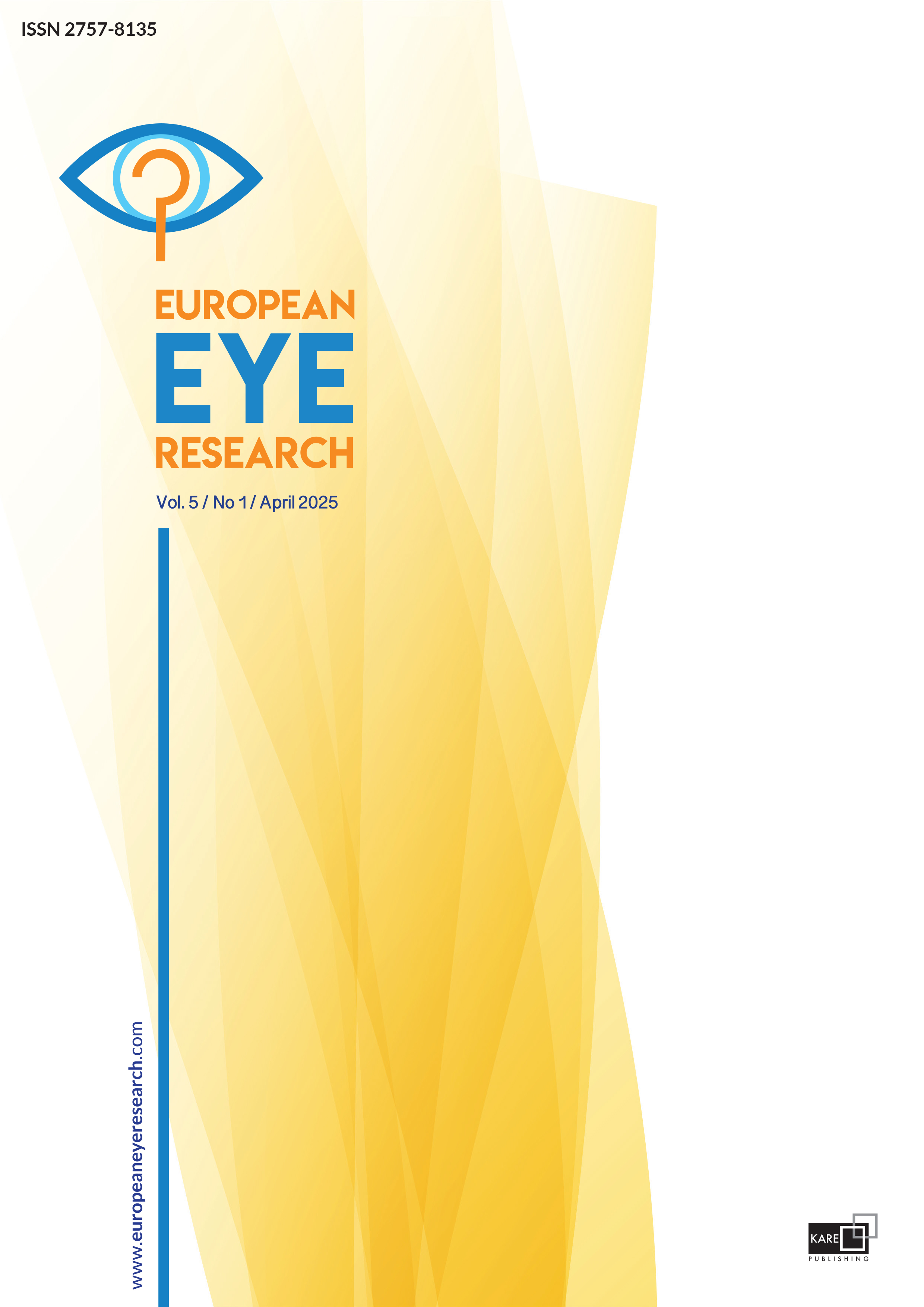

Evaluation of existence of depression or anxiety symptoms in patients with bilateral cataract
Pelin Kiyat1, Omer Karti1, Osman Hasan Tahsin Kilic21Department of Ophthalmology, İzmir Democracy University, Buca Seyfi Demirsoy Training and Research Hospital, İzmir, Türkiye2Department of Psychiatry, İzmir Democracy University, Buca Seyfi Demirsoy Training and Research Hospital, İzmir, Türkiye
PURPOSE: The purpose of this study was to evaluate if patients with bilateral cataract are more likely to have depression or anxiety symptoms when compared to age- and sex-matched volunteers who had already undergone bilateral uncomplicated cataract surgery in both eyes.
METHODS: Twenty patients who were diagnosed to have senile cataract in both eyes were included in the study. Furthermore, twenty volunteers who had already undergone bilateral uncomplicated cataract surgery were included. Patients with bilateral cataract were defined as “Group 1,” and volunteers with bilateral artificial monofocal intraocular lenses in the posterior chamber were defined as “Group 2.” Both Group 1 and Group 2 completed the “Hospital Anxiety and Depression Scale (HADS)” questionnaire. The scale was used to determine the anxiety and depression symptoms.
RESULTS: According to the HAD scale, in Group 1, 6 patients were detected as having mild depression symptoms, 2 moderate, and 6 severe. Furthermore, in Group 1, 5 patients were detected as having mild anxiety symptoms, 2 moderate, and 4 severe. In Group 1, high HAD scale scores were detected, which suggests a propensity toward depression and anxiety when compared to Group 2 (P=0.007, P<0.001, respectively).
CONCLUSION: In our study, in patients diagnosed with bilateral senile cataract, high scores were detected with the HAD scale. Ophthalmologists should be familiar with the possibility of tendency of senile cataract patients to depression or anxiety and consider screening these patients for these symptoms and consider referring for counseling. Furthermore, psychiatrists could ask their patients about their visual acuity condition and refer them to an ophthalmologist to plan a timely surgery for cataract.
Manuscript Language: English



